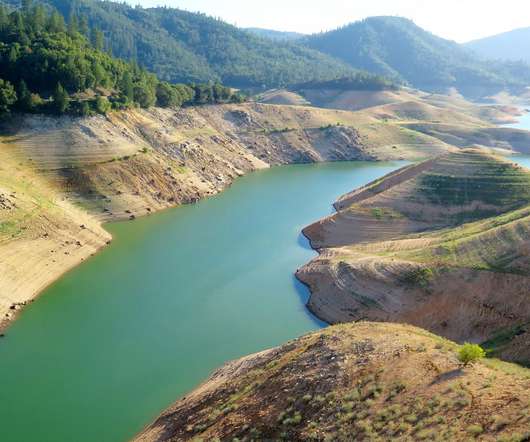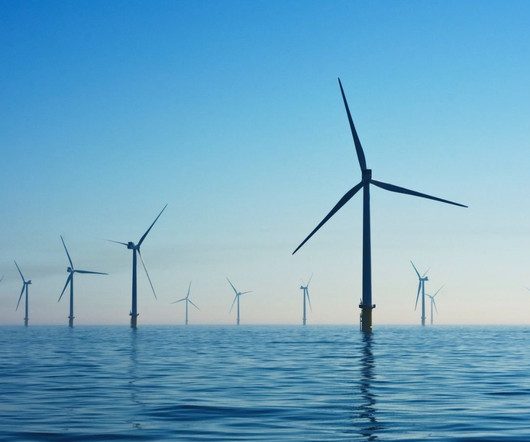Unraveling LA’s Hydrogen Combustion Experiment
Legal Planet
MARCH 6, 2023
But with the recent influx of government incentives for hydrogen production, new and improving production and storage technologies, and greater political will than ever before, H 2 ’s reputation is gaining favor. Hydrogen can be used for medium-to-long-term energy storage, heat and power generation, and transportation.



















Let's personalize your content